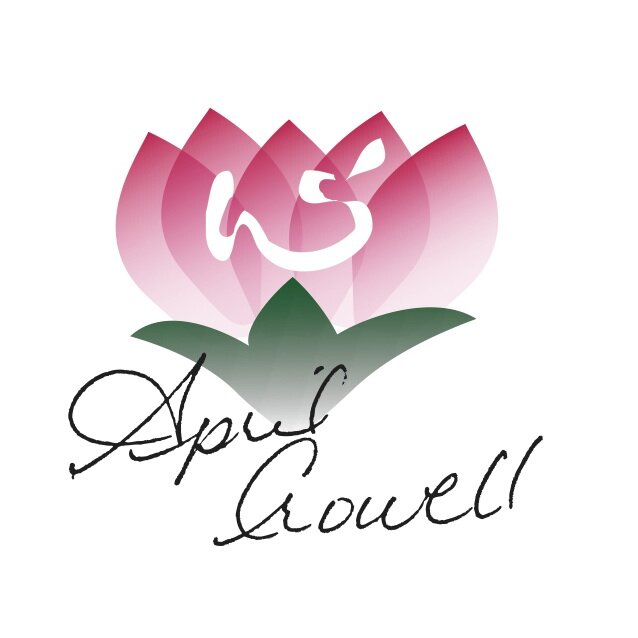Boiling Down the Basics of Molasses
Blackstrap Molasses
My daughter Clara is studying abroad in Ireland now a junior she's thrived and done well. This year has been a wee bit harder than the others. Like all of us she's had some adjustments to make with the pandemic. After a particularly tough week, during our chat I checked in with how she was feeling. She was looking a little pale and tired. Ah! A little Blood deficient. We started brainstorming what she should eat to pick her energy and Blood back up. Blackstrap molasses was one of the first things we thought of - unfortunately, it's not easy to find in Ireland. Makes sense, it is a by-product of food that they don't produce. She had to settle for beef stew and some beets, and other blood building foods.
Back to molasses -
Where has molasses gone? Once a regular sweetener in the common kitchen, it has fallen from favor because of our all to delicate taste buds have been trained to prefer overly sweet sugars that lack body. However, you simply can't make gingersnaps or gingerbread without molasses and it has several unique benefits that make it worth keeping and using in the kitchen.
What is molasses? Molasses is simply the by-product of sugar cane processing. The cane is boiled and crystallized and then centrifuged to separate the sugar from the liquid. The left over juice or liquid is molasses. The lighter the molasses the less it has been boiled, its flavor will be lighter and its sugar content higher.
Mild, light or Barbados molasses has been boiled once. It has a high sugar content and is sometimes poured directly on food as a syrup.
Full, dark, cooking molasses has been boiled twice. It is more bitter and less sweet than mild or light molasses. This molasses is often used in baking and cooking.
Blackstrap molasses is my personal favorite. Boiled at least three times, Blackstrap molasses has a deep, rich flavor, it packs quick a punch and is the best form of molasses for building blood. It is often added to animal feed, especially for mothers after delivery or animals that work hard, like plow horses.
The energetics of molasses
Unlike the refined cane sugar, molasses offers a bit of nutritional value, rather than being a empty sweet. Check out my blog on the sweet flavor. Empty sweet flavors provide little to no nutritional benefit to the body, rather they take from it and spike the glycemic index. Full sweet flavors like yams and pumpkin provide nutritional value, fiber, vitamins and minerals. Some where toward the middle of the spectrum are some of the natural sweeteners like honey, maple syrup and molasses. They aren't totally void of nutrition but they need to be used with caution, especially if you have blood sugar issues.
Molasses is sweet, therefore it enters the Earth organs of Stomach and Spleen. With the darker molasses, you also get more of the bitter flavor which can aid the Heart, Pericardium and other Fire organs along with moving Qi.
Molasses is warming, grounding and builds Blood - fast. In fact, it is one of the first things I will reach for in the kitchen if I have a very anemic blood deficient person. Blackstrap molasses is rich in magnesium, calcium and iron making it beneficial for treating anemia, keeping the bones strong and creating overall strength. A few dosing and your energy will pop back up.
How to use molasses
Like all sweeteners a little molasses in the kitchen can go a long way. Most of us are most familiar with it in baking for gingerbreads, cookies and cakes and most people prefer the lighter molasses for baking and sweets - but it's really a matter of preference, I only have Blackstrap molasses in my kitchen and I favor its bolder, richer flavor. Cranberry Apple Gingerbread Cobbler?
Molasses can add nice body to savory dishes like beans or as glazes for meats.
Add it to grain beverages or coffee substitutes like Roma or Pero - which also nourish Blood, for a warming, nourishing treat and quick energy pick up.
Here's to rosier cheeks.
Be well,
April


